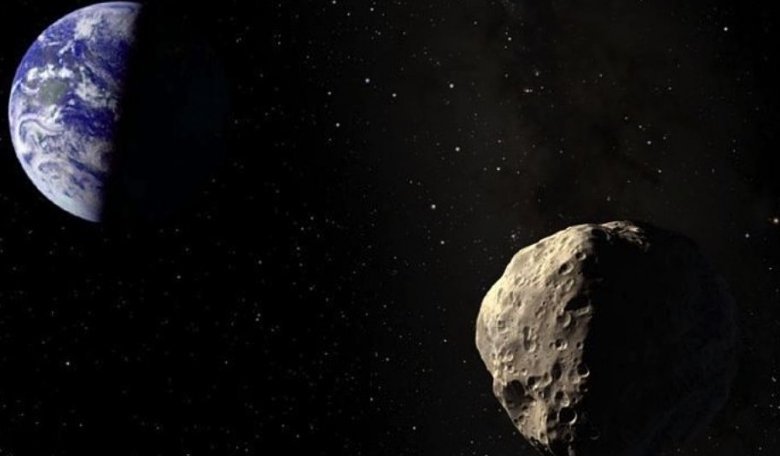On 19 April, an asteroid known as 2014-JO25, measuring 650 metres across is expected to come within 1.8 million kilometres of Earth. This is five times less than the distance to the Moon. The asteroid will approach Earth after flying around the Sun and will head to Jupiter before looping back towards the centre of the Solar System.
2014-JO25 has not been this close to Earth for nearly 400 years, and won't be back again until after 2600. The asteroid was discovered in May 2014 by scientists at the Catalina Sky Survey by Tuscon, Arizona.
"Although there is no possibility for the asteroid to
collide with our planet, this will be a very close approach for an
asteroid this size," said researchers at NASA.
This is expected to be the last close encounter with a large asteroid for the next ten years. The next rendezvous will be in 2027, when the 800 metre 199-AN10 asteroid will come as close as 380, 000 kilometres to the earth. Although smaller asteroids fly by our planet almost every day, the last time such a large celestial body came this close was in 2004, when the five kilometre Toutatis flew by at four lunar distances. A lunar distance is the average distance from the centre of Earth to the centre of the Moon, so around 384,402 kilometres.
According to NASA, "Astronomers plan to observe it with telescopes around the world to learn as much about it as possible." As the asteroid is twice as reflective as the Moon, it should be visible to amateur stargazers with a small optical telescope for one or two nights.
2014-JO25 won't be the only visitor in our part of the Solar System on 19 April, as the PanSTARRS non-periodic comet will also by flying by that day at a distance of 175 million kilometres. Also known as the C/2011 L4, the comet is expected to be visible at dawn with binoculars. It was discovered in 2011 using the Pan-STARRS telescope in Hawaii and has a nucleus of about one kilometre.











